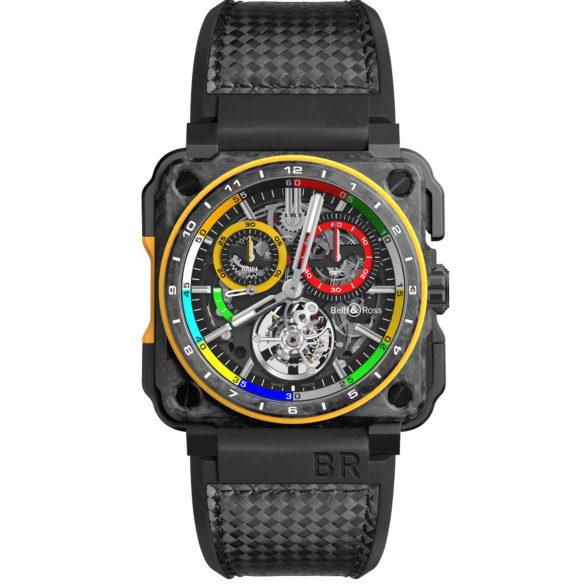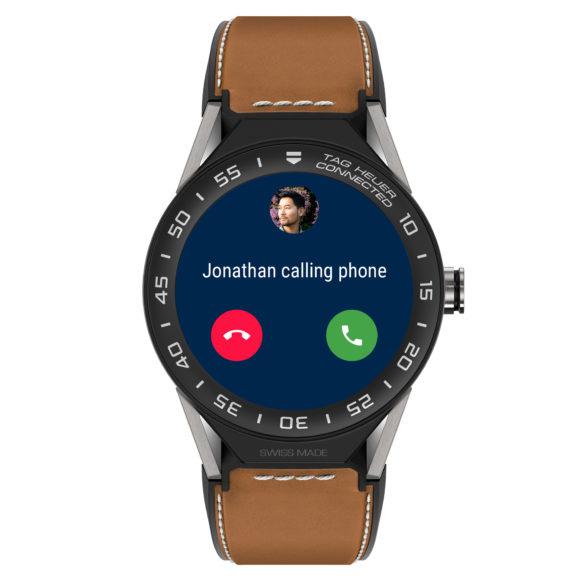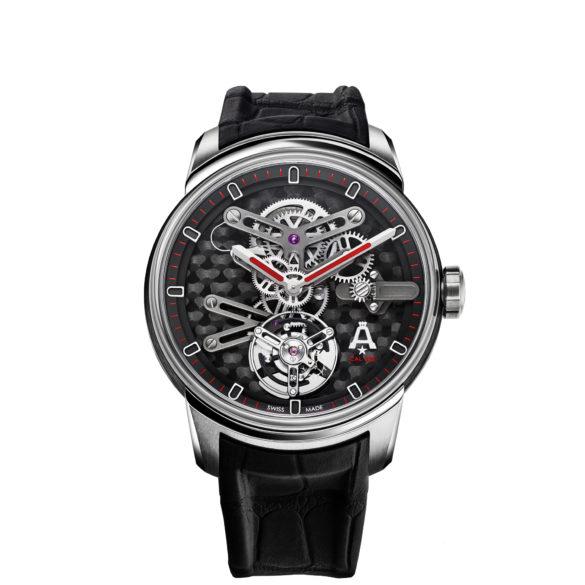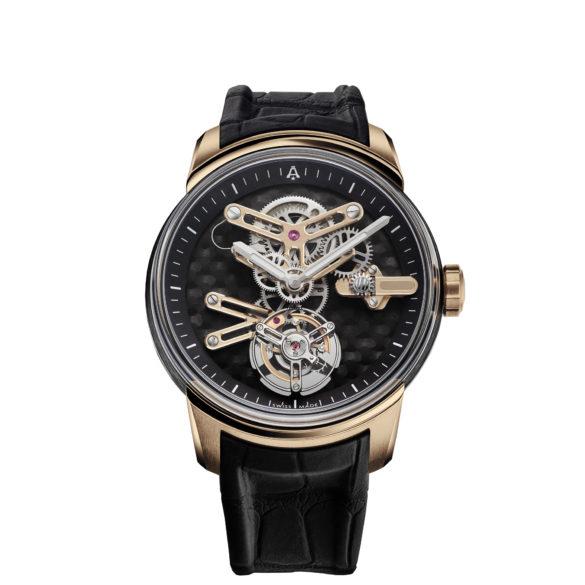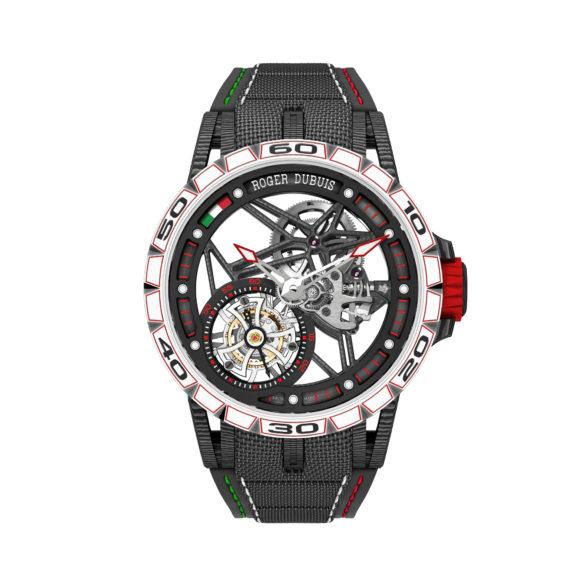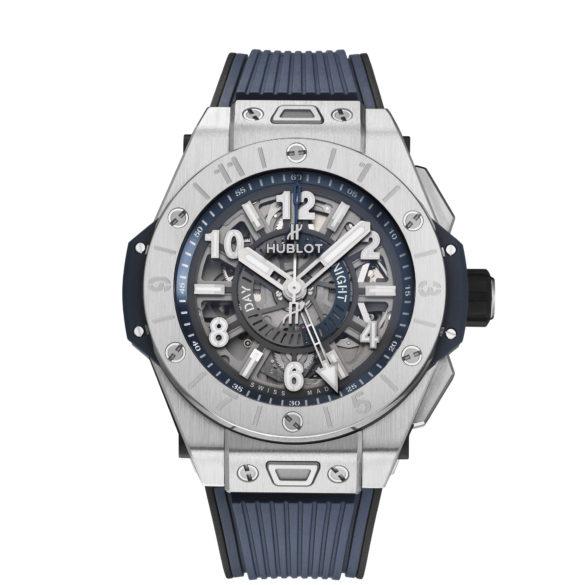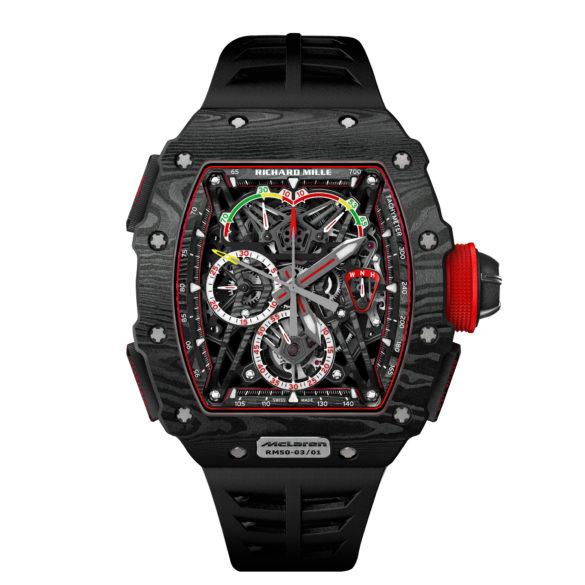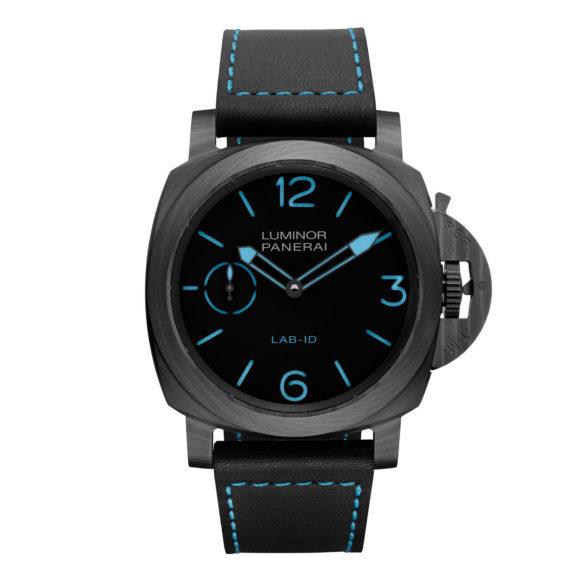The Bell & Ross BR-X1 Tourbillon RS17 looks like the steering wheel of the 2017 Renault RS17 Formula One car
Carbon
Carbon, symbolized by ‘C’ on the periodic table, and atomic number 6, is a fundamental element renowned for its versatility. In general, it serves as a cornerstone for life and is widely abundant throughout the universe.
.
What makes it unique is its remarkable bonding capability with other elements, particularly itself, leading to the formation of diverse structures. In the realm of watches, it also plays a fascinating role.
.
Carbon and watchmaking
.
Carbon finds its way into watchmaking through various forms, each offering distinct properties. Carbon fiber, for instance, known for its lightweight and robust nature, is often used in crafting watch cases and straps, enhancing durability without compromising style.
.
Another form, carbon nanotubes, with their exceptional strength and conductivity, contributes to the development of advanced watch technologies, such as in creating highly precise sensors or improving battery performance.
.
Lightness is the most important aspect
.
Sure, the robustness is an important aspect to use carbon for the case of a watch. But lightness is an even more important aspect. Big and bold watches, often with a lot of tech inside, can be very heavy. The use of carbon helps to reduce weight.
.
In essence, in watchmaking it encapsulates both tradition and progress, blending craftsmanship with cutting-edge innovation. Its significance underscores the technical advancements within the industry.
.
Hardness of carbon
.
The hardness of carbon is not very great. 316L stainless steel has a Hardness Vickers (HV) of about 150-200 HV, the carbon resin matrix alone could be around 10–30. However, for watches forged carbon is used, that reaches 20 to 50 HV. Still not near stainless steel.
.
This is why most high-end watches with carbon have other materials as well to protect the carbon case. Ceramic for instance, for a bezel, and titanium components for crown and guards.
.
Some brands mix carbon with other materials. Panerai for instance has created Carbotech, which is a mix of carbon fiber and polymer. All special treatment and mix processes makes Carbotech remarkable more hard than carbon. Carbotech has a Hardness Vickers of about 190 HV to 250 HV.
.
Compare case materials on the Hardness Vickers scale (from hard to hardest):
.
| Carbon | 20-50 HV |
| Platinum | 40 HV (950 platinum: 80-135 HV) |
| Silver | 70-90 HV |
| Bronze | 60-150 HV (100-200 HV treated) |
| Aluminium | 120-200 HV |
| Gold | 120-200 HV (18k or 14k) |
| Palladium | 150-200 HV |
| White gold | 150-250 HV |
| Stainless steel | 150-250 HV (special 1200 HV) |
| Titanium | 150-200 HV (grade 2) / 300-400 HV (grade 5) |
| Ceramic | 1200-1400 HV (1500-2000 for alumina) |
| Sapphire | 2000-2300 HV |
.
Watches from carbon
To underline the connection with the Renault Formula One team Bell & Ross releases this Bell & Ross BR-X1 RS17
This TAG Heuer Connected Modular 45 is a connected watch but you can swap it to a Calibre 5 or tourbillon if you want. And pay for it
The Angelus U22 Tourbillon comes in carbon with titanium and is the brother of the Angelus U21 Tourbillon which comes in carbon with gold
The Angelus U21 Tourbillon in carbon-gold has no dial and no bezel. The main plate acts as dial and holds the movement and flying tourbillon
Italian supercar manufacturer meets Swiss watch manufacturer. The result is this Roger Dubuis Excalibur Spider Single Tourbillon Italdesign
The Hublot Big Bang Unico GMT comes in titanium or carbon fiber and features two time zones. Which can be set in a very easy way
The Richard Mille RM 50-03 McLaren F1 is the world’s lightest tourbillon split-seconds chronograph
The Panerai Lab-ID Luminor 1950 Carbotech 3 Days has a 50-year guarantee as it needs no external lubrication
The Hublot Big Bang Ferrari Unico is updated, just like Ferrari’s sometimes need a facelift. The case, pushers, and dial got some cosmic changes
